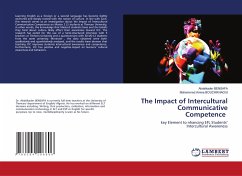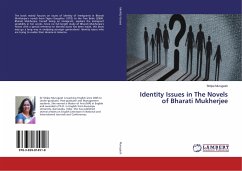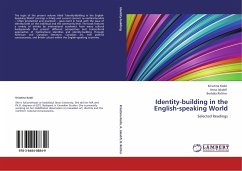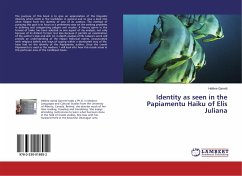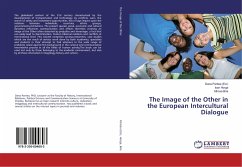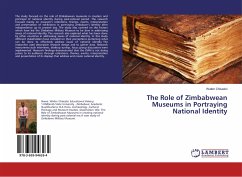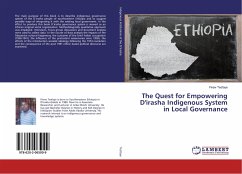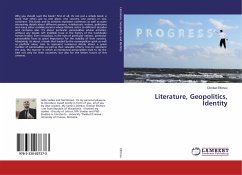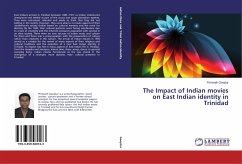
The Impact of Indian movies on East Indian identity in Trinidad
Versandkostenfrei!
Versandfertig in 6-10 Tagen
39,99 €
inkl. MwSt.

PAYBACK Punkte
20 °P sammeln!
East Indians arrived in Trinidad between 1845 -1917 as Indian indentured immigrants and settled as part of the cocoa and sugar plantation systems. They were ostracized, ridiculed and made to think that they did not belong in the society. However, they were able to re-create aspects of their motherland's society (India) based on cultural memory and the need for identity. By the 1930, their cultural patterns were facing calcification due to a lack of creativity and the inherent pressures associated with survival in an alien society. There were no new sources of Indian music and culture for them ...
East Indians arrived in Trinidad between 1845 -1917 as Indian indentured immigrants and settled as part of the cocoa and sugar plantation systems. They were ostracized, ridiculed and made to think that they did not belong in the society. However, they were able to re-create aspects of their motherland's society (India) based on cultural memory and the need for identity. By the 1930, their cultural patterns were facing calcification due to a lack of creativity and the inherent pressures associated with survival in an alien society. There were no new sources of Indian music and culture for them and there was a preoccupation with the preservation of culture rather than creativity in the culture. The arrival of Indian movies in 1935 served as a catalyst for the revival of many aspects of their religious and cultural traditions and the evolution of a new East Indian identity in Trinidad. Its impact was felt in many aspects of East Indian life in Trinidad, from the temples and mosques,leisure time, dress, songs, dance to general everyday living. Indian movies functioned as the axis mundi in the emergence of a stronger, more dynamic Indo- cultural presence in Trinidad.







